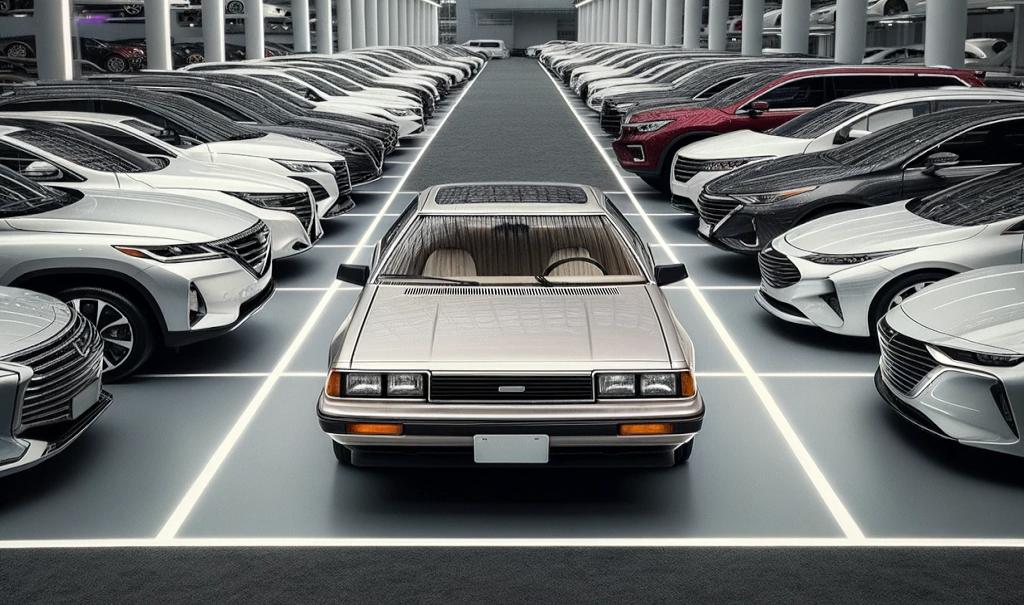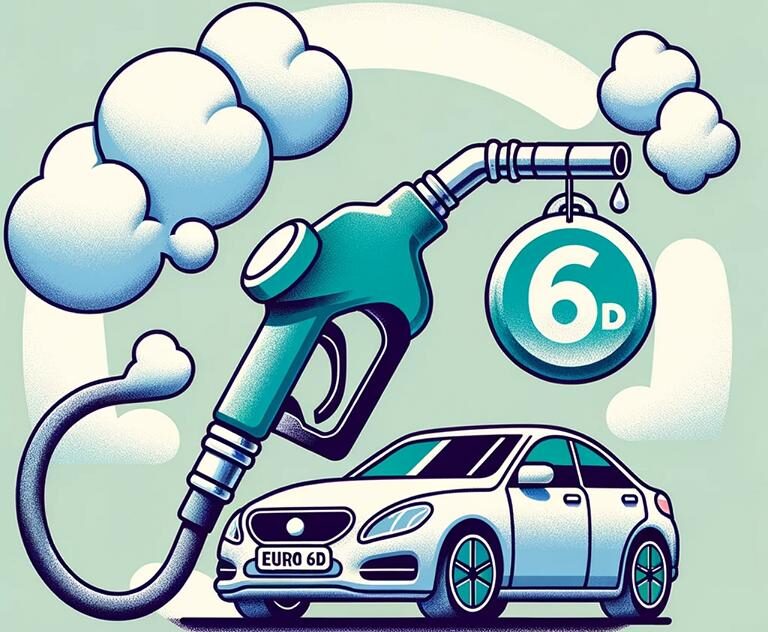In the process of vehicle registration in Germany, interesting questions (problems) always arise, especially when it comes to: First registration of new vehicles that were produced a few years ago. If we take a look at a car that rolled off the assembly line in 2014 and met the emissions standard at the time Euro 6b corresponded, the legitimate question arises: Can this car still be in 2023, under the current legal and environmental conditions approved for the first time become? We are talking about the fact that this vehicle has never been registered. Certainly a rare case, but by no means unusual.
First registration of “old new car”
In Germany there actually is no legal deadline for the first registration of a new car, which has a maximum period of time between production and the First registration of the new vehicle Are defined. One might think that our vehicle, which was produced in 2015, can easily receive its first registration in 2023. But there is a catch in the form of the increasingly strict Emissions standards. Because since September 1st, 2021 the Emission standard Euro 6d a mandatory hurdle for everyone newly approved Vehicles. This represents for our hypothetical situation and the vehicle that only Euro 6b fulfilled, represents a problem. Because despite the age or rather, despite the date of manufacture, it should actually no longer approved for the first time .
First registration of old new cars – the registration status is crucial!
Interestingly, the exact “approval status” also plays a role here. There is an exception for vehicles that were built before September 1, 2021 were produced and approved for the first time. These can also be approved retrospectively, provided they were not longer than 12 months except traffic. For unregistered vehicles or those that have been paused for a longer period of time, things could get tricky and possibly one Retrofitting to the Euro 6d necessary. This means that the EZ of older new vehicles becomes a journey through the vehicle registration regulations, where various factors such as manufacturing date, previous Admission status and currently applicable Norms must be taken into account in their interaction.
FAQ on the Euro standard for cars
1. What is meant by the euro standard?
- Introduction: 1970, with special car regulations from 1992.
- Concept: A set of rules that defines the maximum emissions from vehicles in the EU.
- Levels: Different emission limit values are divided into levels (Euronorm 1 to 6).
- Tightening: The limit values become stricter with successive standards.
2. How are the Euro standards structured?
- Euronorm 1 to 6: Each standard defines specific emissions limits.
- Sub-Categories: Some standards have subgroups (e.g., Euro 5a/b, Euro 6, 6b, 6c, 6d-TEMP, and 6d).
3. How do I find out which Euro standard my vehicle has?
- Identification: via code numbers in the vehicle registration document, in field 14.1 (or “key number to 1” for papers before 2005).
- Encoding:
- Euro 1: 01-04, 09, 11-14, 16, 18, 21, 22, 77
- Euro 2: 25-29, 34, 35, 40, 41, 49, 71
- Euro 3: 30, 31, 36, 37, 42, 44-61
- Euro 4: 32, 33, 38, 39, 43, 62-70
- Euro 5: 35AO-35MO
- Euro 6: 36NO-36YO
4. Why are Euro standards important for me as a vehicle owner?
- Financial aspect:
- Tax savings: The higher the Euronorm, the lower it is Road tax.
- For example: The difference in tax between Euro 2 and Euro 4 can be over 100 EUR.
- Environmental aspect:
- Environmental badges: The Euronorm influences which sticker a vehicle receives and therefore where it can drive.
- City center driving bans: Many cities restrict access to vehicles with poorer emission values.
5. What if my vehicle has a poor emissions rating?
- Possibilities:
- Upgrade: Check whether retrofitting to reduce emissions makes sense and is feasible.
- New purchase: Consider whether a more environmentally friendly vehicle would make sense in the long term.
- Tendency: It is expected that access restrictions for inner cities will increase in the future.
6. How do the Euro standards affect trucks and motorcycles?
- Separate European standards apply to trucks and motorcycles.
- Here too, the standards are being tightened in order to further reduce CO₂ emissions.
7. What are the domestic German standards (D1-3)?
- They are now rather uncommon and have lost their importance.
- The focus is now on the uniform European regulations.
8. Are there exceptions or “other” categories in the Euro standards?
- Yes, there is a “Other” category, which includes, for example, the numbers 00, 05-08, 10, 15, 17, 19, 20, 23, 24, and 88.
- This category includes special cases or exceptions that do not fit into the usual categories.
Euro standards & vehicle classification |
|
|---|---|
| euro standard | Code numbers in the vehicle registration document |
| Euro 1 | 01-04, 09, 11-14, 16, 18, 21, 22, 77 |
| Euro 2 | 25-29, 34, 35, 40, 41, 49, 71 |
| Euro 3 | 100, 100, 100, 100, 100, 100, 100, 100, 100, 100, 100, 200 |
| Euro 4 | 100, 100, 100, 100, 100, 100, 100, 100, 100, 100, 100, 200 |
| Euro 5 | 35AO-35MO |
| Euro 6 | 36NO-36YO |
That wasn't it yet.
Planned changes to the law, traffic violations, current regulations in the area of the STVO, etc.? You can find everything about this in the category "Test sites, laws, offenses, information".
other related posts
|
Reporting a license plate: The correct behavior if a crime is suspected! |
 tuningblog.eu Your magazine about tuning the car
tuningblog.eu Your magazine about tuning the car




